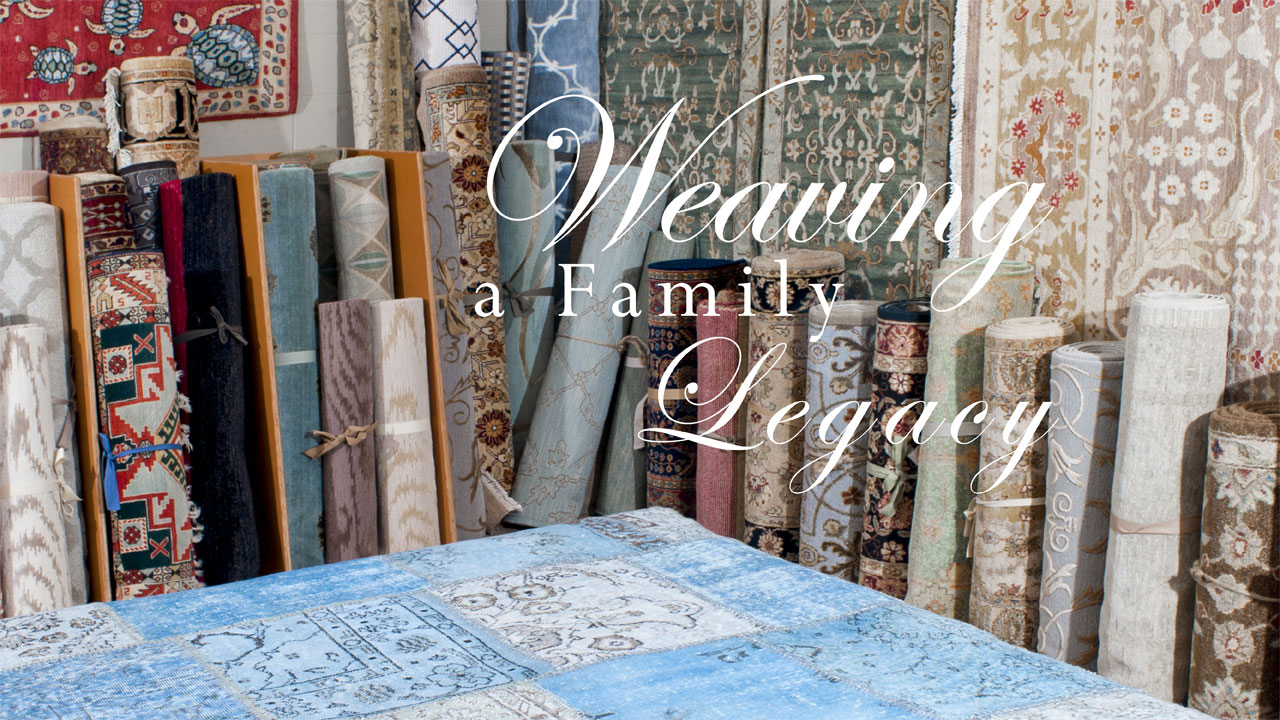A Sense of Scale
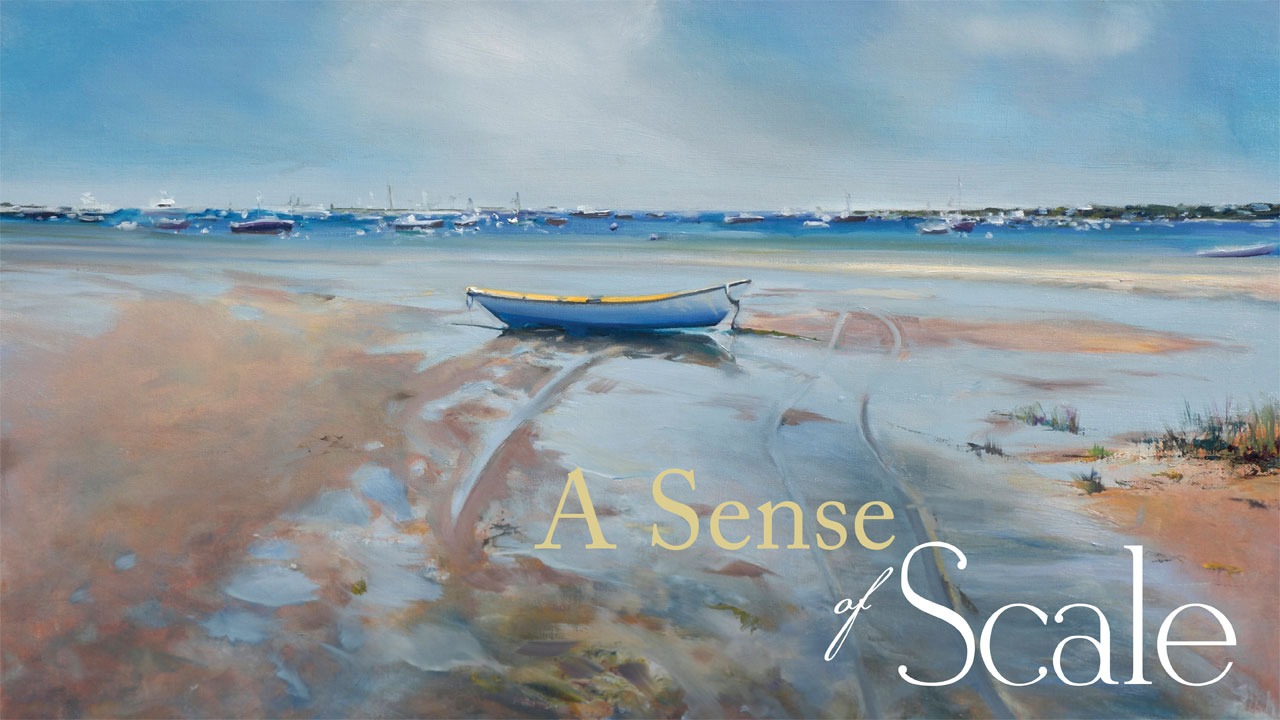
by Karyad Hallam
Here we will explore the techniques painters, photographers and sculptors use. This can be on the micro level, such as the ingredients of the paint or it can be broader: the thought processes involved in creating a piece. How do you frame the shot? What are the elements at play and how do they balance each other? What does the piece make you feel, and what techniques made that effect happen? Artists and visual designers tinker, explore, and never cease learning, and one important dimension they explore is the full range of three discrete art concepts, which relate to creating imaginary space: scale, point of view and perspective.
SCALE
A small piece you could fit in your pocket creates an entirely different experience from a mural that could fit on the side of a building, or a statue that towers above you. Large pieces (larger than a viewer’s outstretched arms) invite the viewer into a new world. Smaller pieces are easier to perceive as objects, things you can almost hold in your hand. Sense of scale can refer to the size of the piece itself, but for the sake of this topic it also includes the sense of space between elements in the piece.
Small subjects in a large piece will heighten the sense of drama and emphasis. Figures may be walking along a picturesque beach, receding into the distance, so they appear very small and far away in proportion to the size of the frame. This is very different from showing them up close in the foreground, which emphasizes their personality and invites you to study their emotions.
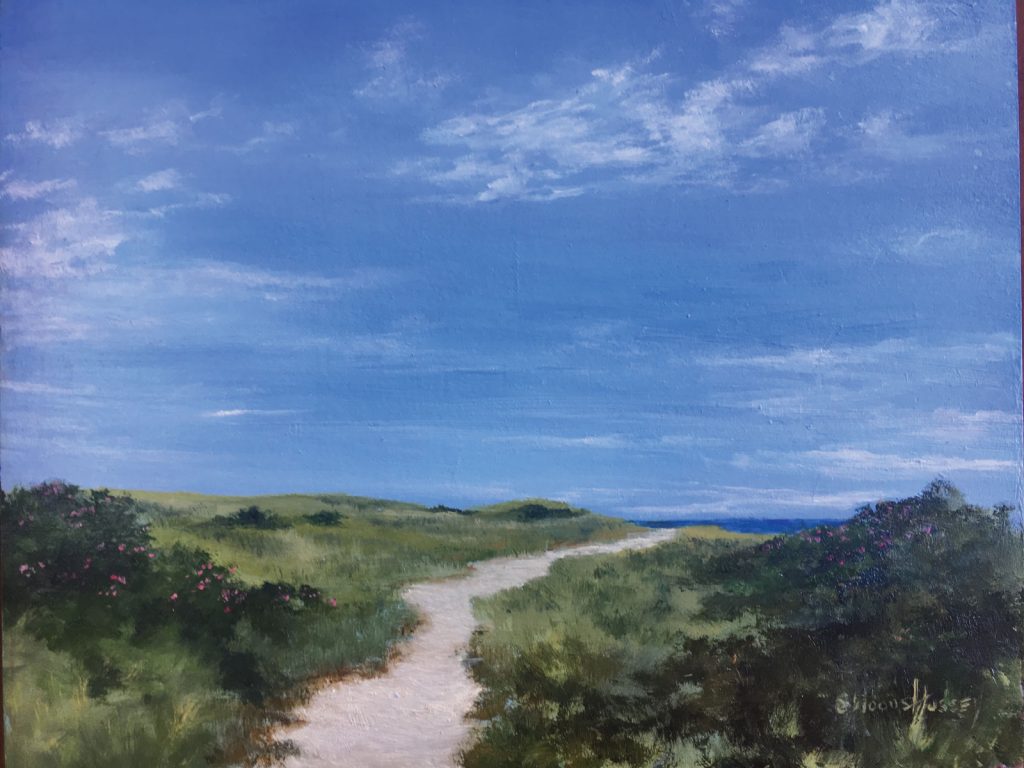
Sharon Wood Hussey
POINT OF VIEW
Let’s go back to the scene on the beach. Of course this is an inviting scene no matter the sense of scale or space. With just a glance, maybe the viewer will feel sand between their toes and cool ocean spray on their face on a hot day.
Everybody is an artist deep down. Think of your own picturesque beach. What are the different angles from which you can look at it? How big do you want the waves to be? Are the clouds in the distance or do they take up your vision, taking on unusual shapes and vivid colors in the sunset? Or is it sunrise? You can make your point of view eye level, or bird’s-eye view, as if you were in a plane. You can zoom in close to see the details of the pebbles on the beach. You can angle the point of view down low so that a tiny little wave looks like a tsunami and the pebbles look like boulders, tricking the perceptions of the viewer.
SPACE
With just point of view and size alone (or “zoom” in the case of photography), you can change the emotion of the piece entirely. A piece wider than your visual range, a wall-to-wall mural that makes you turn your head and it automatically makes you feel that you are stepping into the piece. It commands the space.
Space not only refers to the space a piece takes up in a room or on a wall, but also the sense of space within the frame itself. How much does the piece “breathe”? Is it denser and full of action and movement, with many subjects going in many directions, or is it perhaps a calm vista of still water or a mountainside? Space is a part of what makes a piece feel familiar or far-flung, cosmic or cozy, nostalgic or new.
For paintings, the frame is important in perceiving space. A tiny watercolor with a thick trim surrounding it (the border between the piece and the frame) will feel closer and more contained, like a treasure tucked away in a cupboard. A thick, ornate frame will take up more room, and add to the weight of the piece overall. Some pieces are frameless, creating a feeling of openness even more.
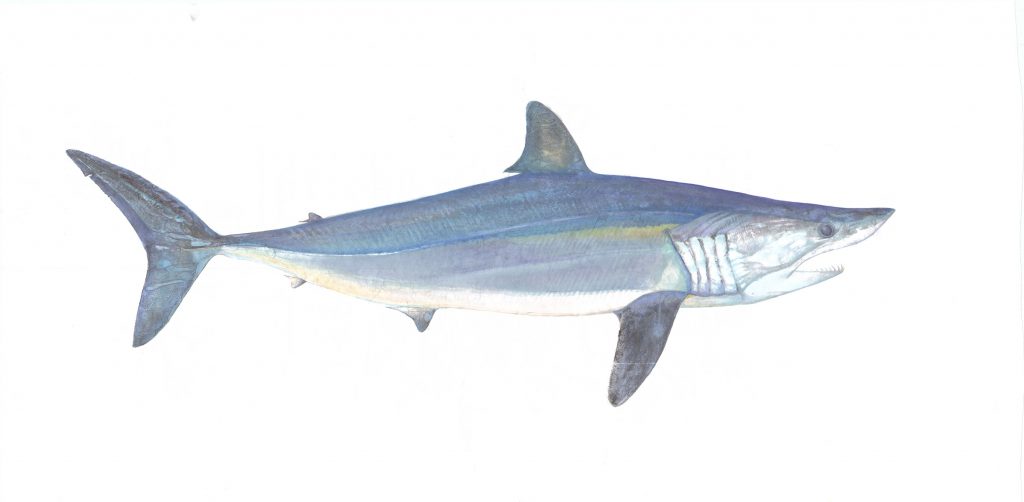
Christopher Bonelli
Courtesy of Live Off the Sand
BIG AND SMALL
If you are a sculptor or artist, thinking “big,” or at least bigger than your normal canvas, will make you consider new techniques or designs you never would not have on a smaller scale.
Artists often choose to go larger in order to deliver more information in complex arrangement of colors, content, shape, form.
Traditionally you will see grand historical artworks, such as battle scenes or portraits of famous generals, on a very large- scale, several feet wide and tall. The size alone sends a message of gravitas and spectacle.
Going smaller than one normally would has its benefits too. Tiny glass-blown figurines, or tiny watercolors, makes the viewer feel like a giant. There are many effects this can create. It can make the viewer feel a sense of delicacy, carefulness, and the “cute” response, but it also creates a dream-like quality, like we are looking into another world much smaller than ours. Artists explore these new worlds, big and small, and show us things not possible in the “real” world.
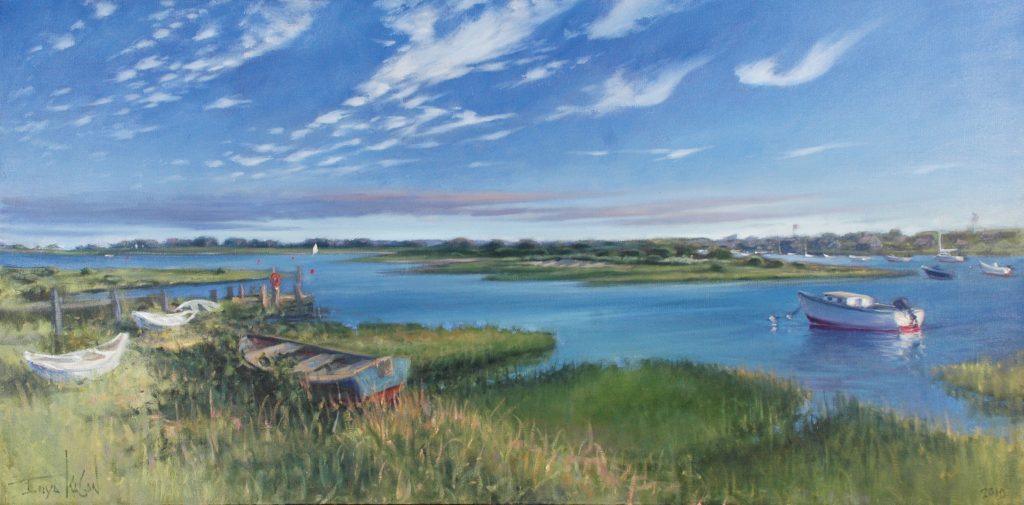
Illya Kagan
SHOWING ARTWORKS
If you are not necessarily creating artwork, but are instead hoping to purchase artwork for your home, consider buying a range of sizes to fit many different areas. Often there are skinnier walls that cannot fit large pieces, but small works would fit there perfectly. And of course, for dining areas or places where you want to entertain, a large work will be a real showstopper. You can also mix and match several smaller works on the same wall, lining them up in a row to create a progression, or arranging them on the wall in a way that appeals to you, changing them whenever the mood hits. Consider scale as well when looking for outdoor sculptures for the garden and indoor sculptures for the home.
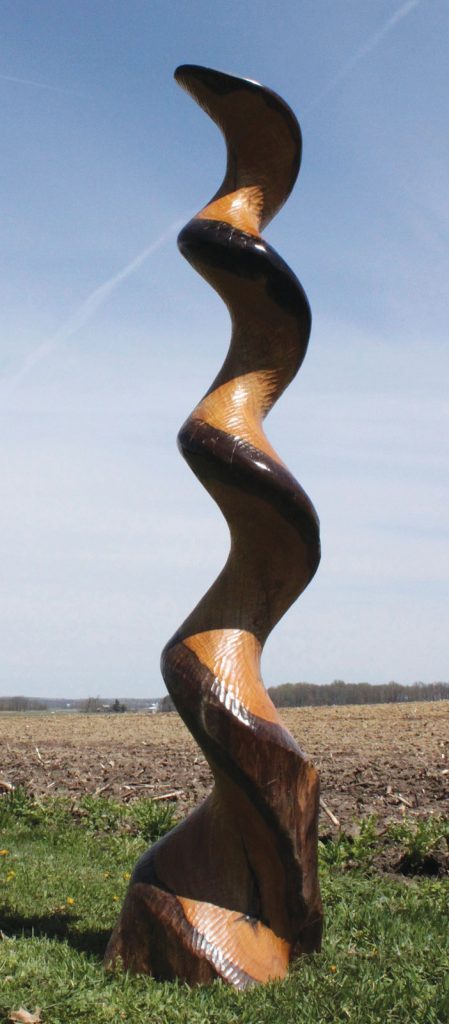
Arles Twist
Evans Sculpture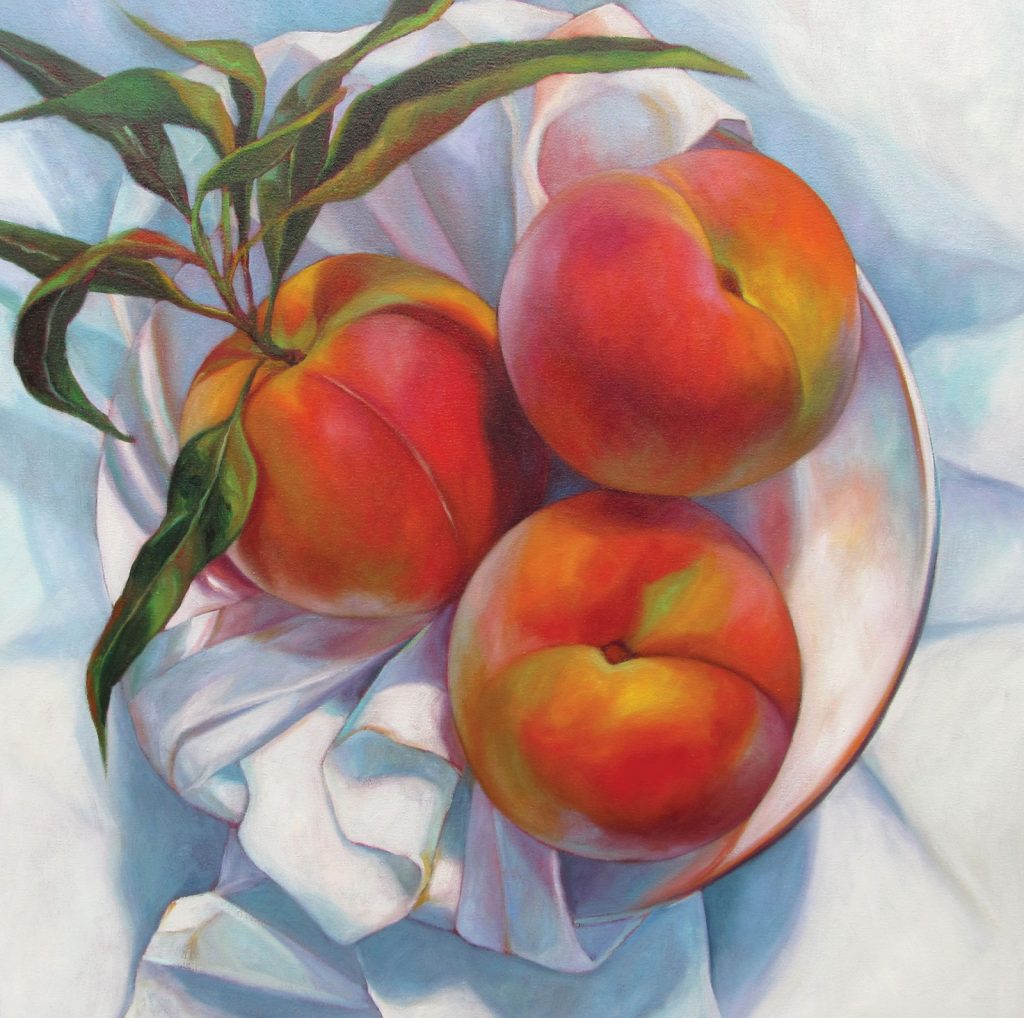
Peaches from Above
Katie Trinkle Legge
Brant Point to the Stars
Bill Hoenk Photography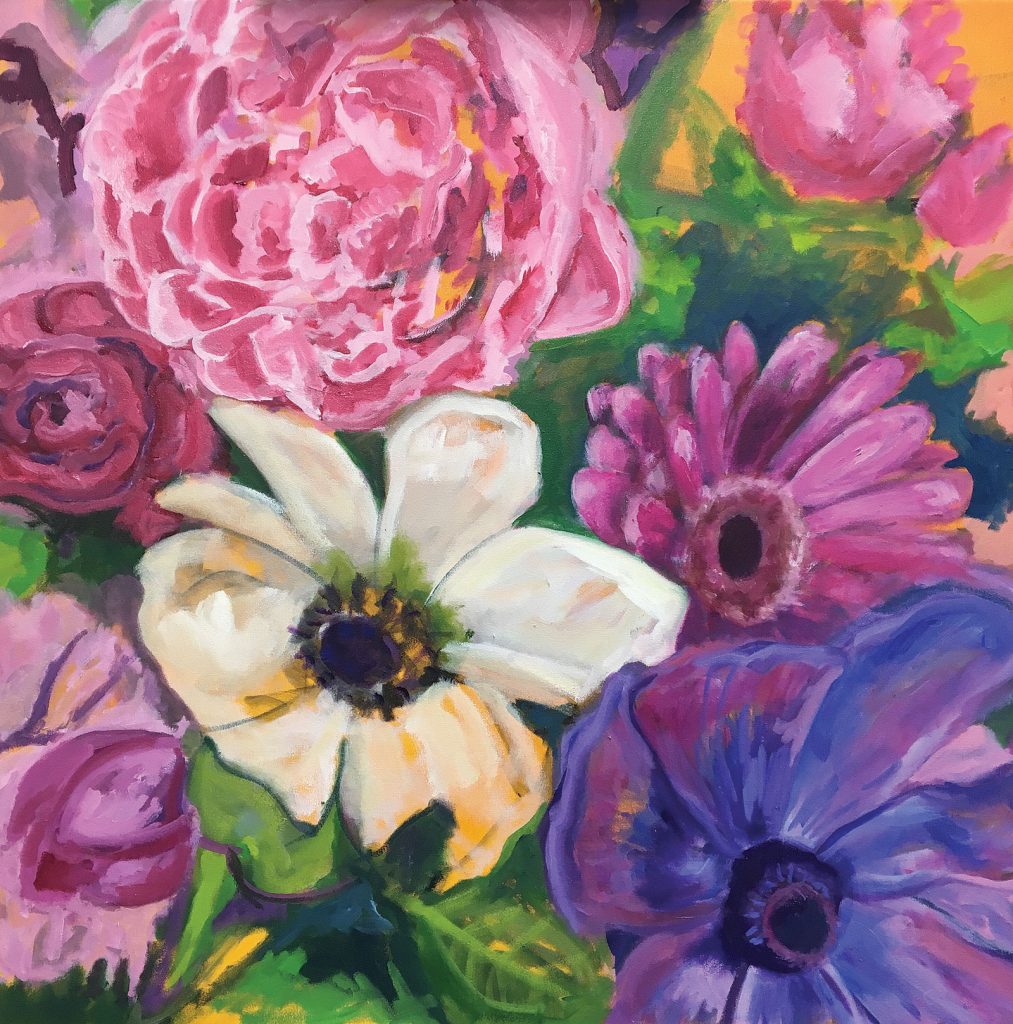
Feast of Flowers
Caroline Weld
Nantucket Harbor
Daniel Sutherland Photography
Blue Tailfin
Pete’s Fresh Fish Prints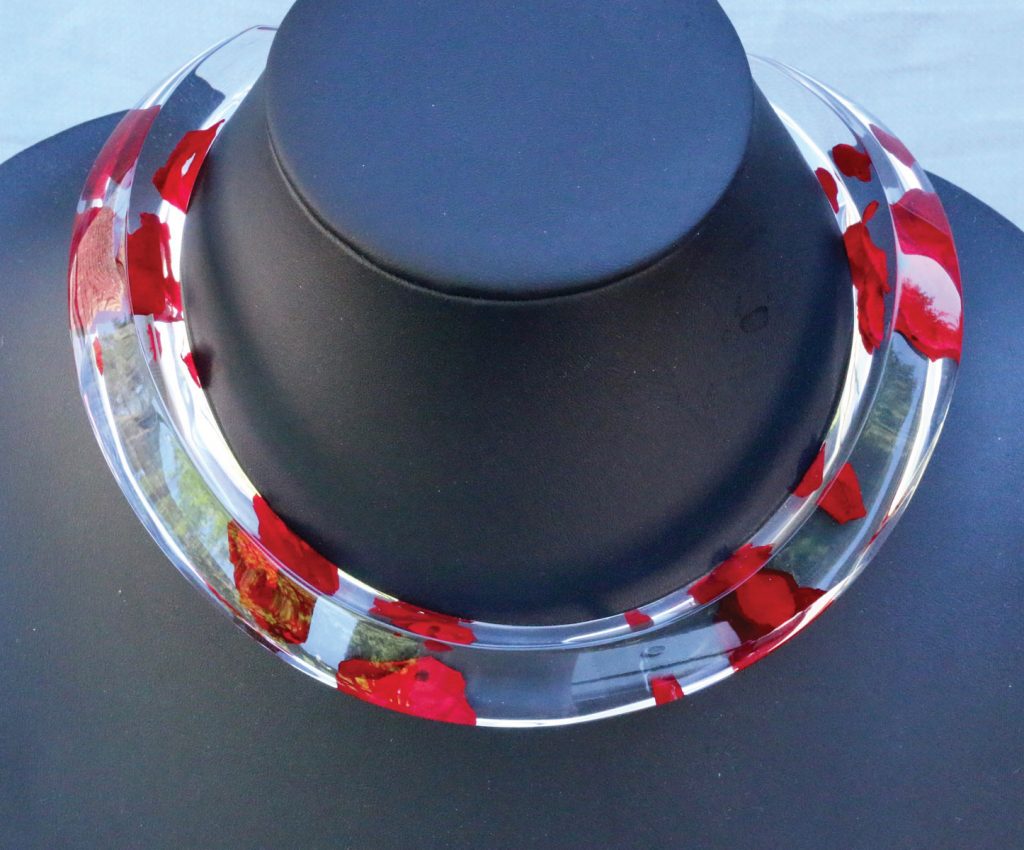
Rose Petal
at Vanderbilt Gallery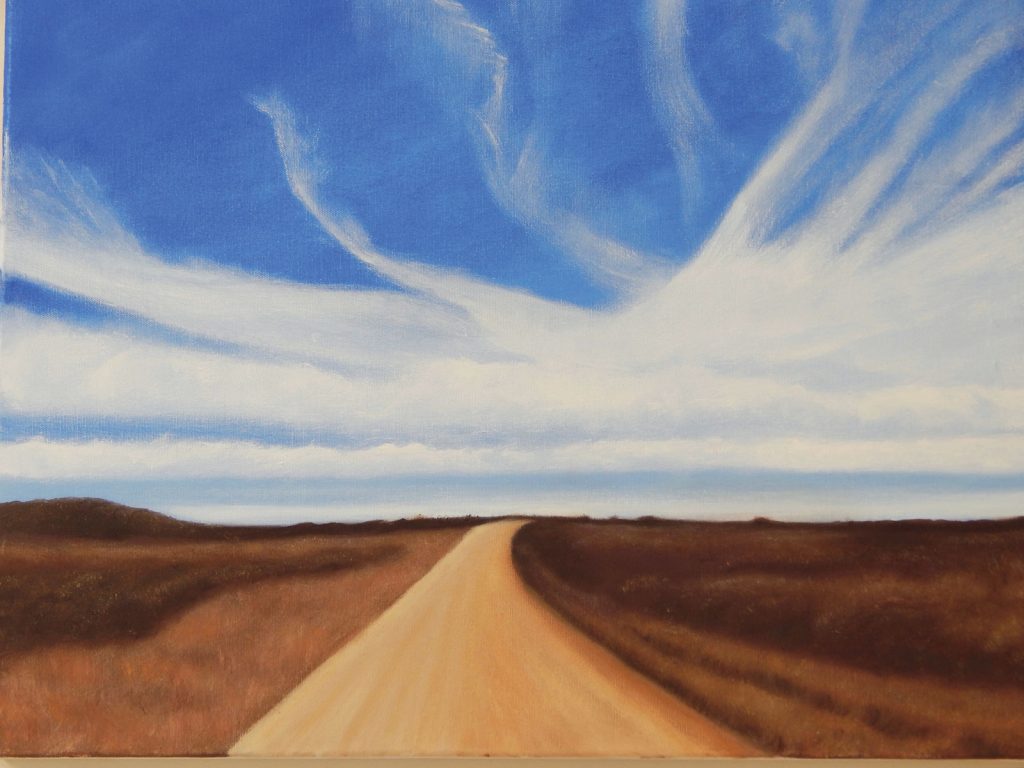
Whispering Clouds
Cate Raphael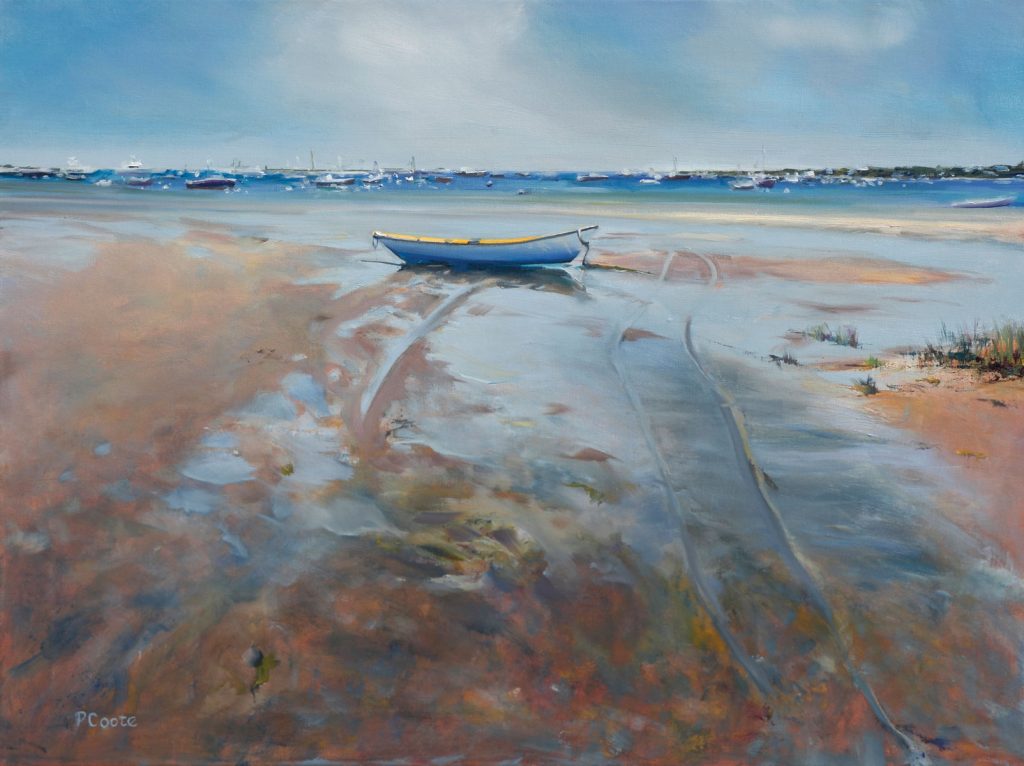
Ebbing Tide
at The Gallery at
Four India Street
Article edited. Full version available in ONLY NANTUCKET FALL/WINTER 2017.
